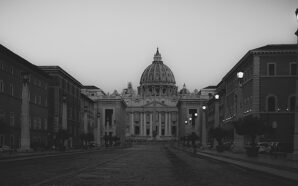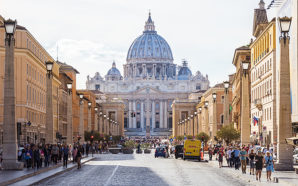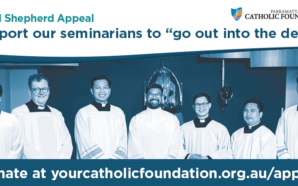Hans Küng was only 34 years of age when a visit to the United States firmly established him as the leading theologian of the time. In February 1963, between the first and second sessions of the Second Vatican Council, he began an eight-week tour by addressing an audience of 3,000 in the gymnasium of Boston College. He went on to lecture at Harvard, Yale, the University of Chicago (audience of 5,000), Gonzaga University, the University of California in Los Angeles and elsewhere. An audience of 8,500 heard him speak at the University of St Louis, where he received the first honorary doctorate of his career.
Back on the East Coast, he represented the Catholic side with Jean Daniélou in a dialogue with two eminent non-Catholics, Jaroslav Pelikan of Yale and Robert McAfee Brown (then at Stanford and an observer at Vatican II). Küng ended his program with a lecture on “The Church and Freedom” at Georgetown University. On the last day of his visit to the United States, he was welcomed at the White House by President John F. Kennedy.
Küng’s doctoral studies in Paris had led to Justification: The Doctrine of Karl Barth, A Catholic Reflection (1957), a study that anticipated by many years a landmark work of the Catholic-Lutheran dialogue, the 1999 “Joint Declaration on the Doctrine of Justification.” But it was Küng’s The Council, Reform and Reunion (1961) that proved the “textbook” for his American tour and sold thousands of copies. By promoting two major aims that John XXIII set for Vatican II, reform within the Catholic Church and reunion with other Christian churches, Küng caught the eye of the pope, who appointed him a “peritus” or official expert when the council opened in 1962.
Continue reading this article at America Magazine here.








